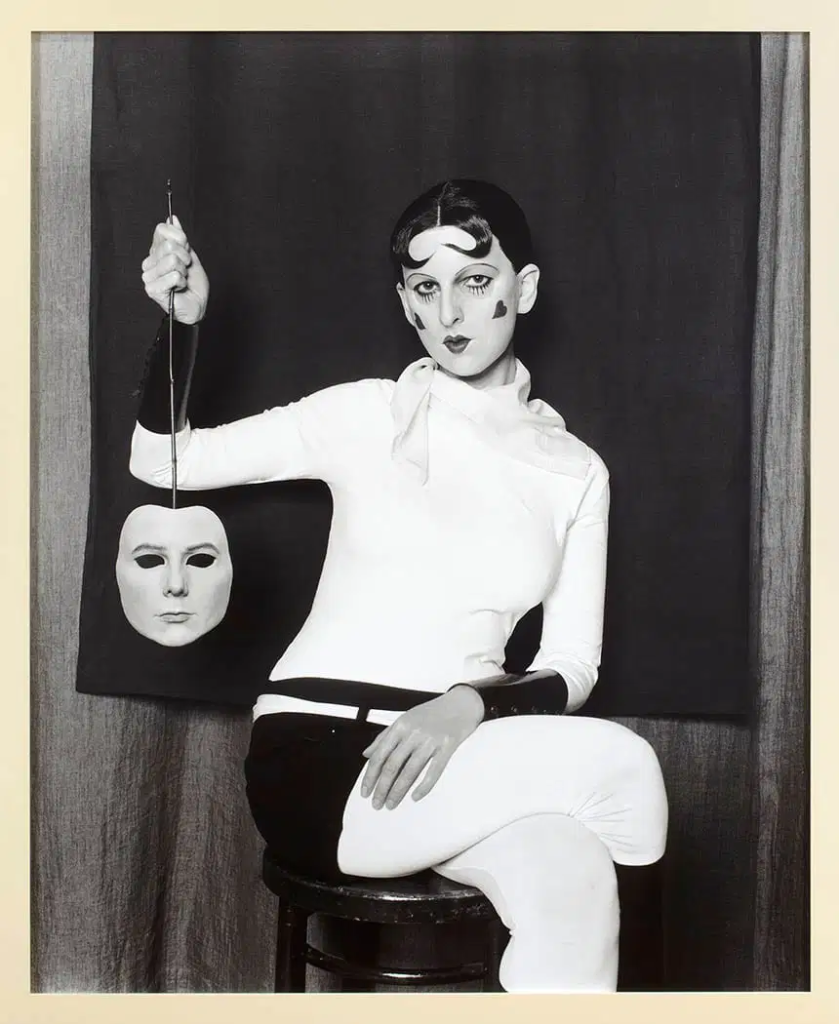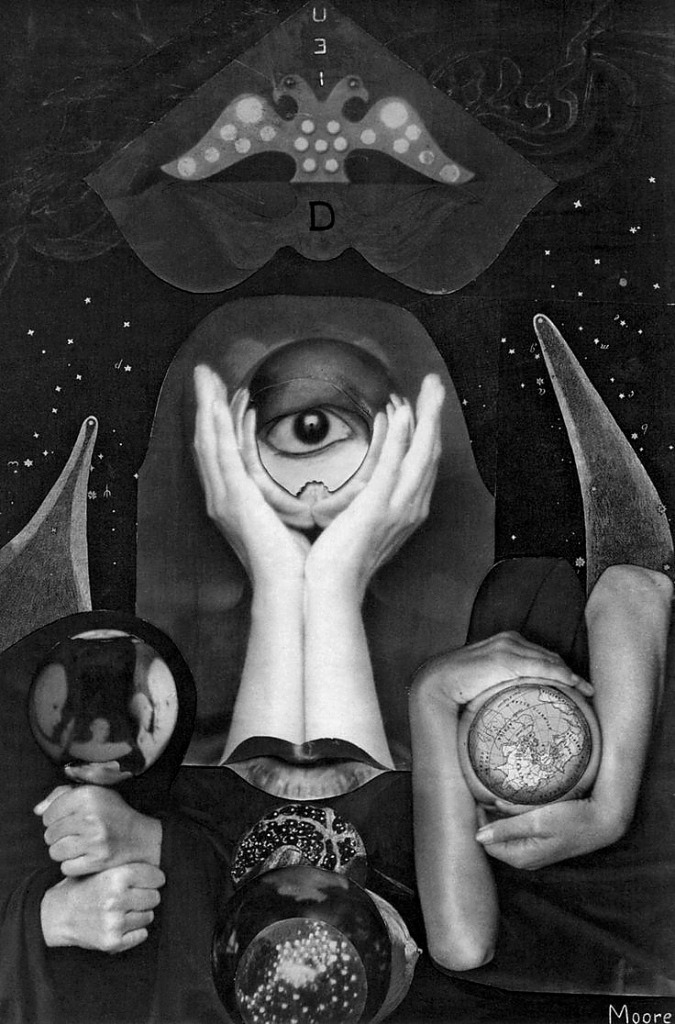Who is Claude Cahun?
One of the biggest creative spirits, Claude Cahun was a trailblazer for her generation and beyond. Cahun, borm as Lucy Schwob in Nantes France 1894 assumed the gender neutral name Claude Cahun. She was an artist, photographer, and writer who together with her life-long partner Marcel Moore (born Suzanne Malherbe) produced some of the most transgressivefemme-fatale images of that era.

Claude Cahun’s Artistic Journey
The art of Claude Cahun went deep into the exploration of identity, gender and self-representation. Dada was a response to the violence of World War I, and Surrealism to some extent had roots in Dada; both were dedicated to rejecting traditional forms and exploring insane/imagination. Cahun’s practice was highly intimate, with many of her pieces centring around herself and cut through the then-perceived boundaries of gender and identity by focusing on self-portraiture.

Jersey Heritage Collection| Courtesy: Jersey Heritage
Blurring the line between male and female, self and other, reality and fantasy was one of the most revolutionary elements in Cahun’s work. The seductive provocations, often visceral and raw in their power of expression extended into her self-portraits — some of which remain definitive work for the artist as she enacted multiple guises that were grounded in an enigmatic strength with a touch of non-binary duality. They were not simply photos but forceful declarations on the invoked changeability of identities, generations before identity became an established term.
The Collaboration with Marcel Moore
Claude Cahun and Marcel Moore collaborated on virtually everything they produced. Cahun’s partner in life and art was the artist, illustrator (and cousin of Ford Madox Ford) Moore. Their collaboration resulted in one of the most groundbreaking bodies of work that has ever been created relating to gender and identity. Though Cahun was usually the focus of their collaborations, Moore worked under his own name to help stage and produce shots for them. The two were real partners — combining their talents to create art that satirized everything “Traditional” at the time.

Their partnership transcended art and bled into activism. In World War II, Cahun and Moore were members of the French Resistance in Paris, using their artistic talents to repair original identity papers (or create new set) for individuals avoiding seizure by Nazis. Their legacy was as much about their audacity and commitment to what they think is right, just like their art.
Claude Cahun’s Artworks and Legacy
For her daring and original work, Claude Cahun is revered in art history. She is innovative in using photography to engage and explore her identity. She made a number of self portraits that some might argue are her most famous, many featuring either an image of the artist with shorn hair or wearing elaborate costumes (or in both cases, sporting mask-like outfits), thereby all making statements to and questioning gender identity. One of her well known pieces is a nude self-portrait in which she looks at the camera with shaved hair, accompanied by the text “I am in training, don’t kiss me” across her chest. It describes more of Cahun’s demonstration against gender norms and social restrictions, or I should say her identity.

Cahun’s work received little attention during her lifetime, but since the 1990s it has inspired many contemporary discussions about gender and identity. The likes of Cindy Sherman—who, like Wilke after her, turns to self-portraiture as a means for investigating identity—Nan Goldin have clearly been influenced by Holzer.
Artists Like Claude Cahun
Claude Cahun’s influence is obvious in the work of a number of contemporary artists. Cindy Sherman’s artistic experiments with identity take up Cahun’s mantle, creating self-portraits in which she assumes different personas. Gillian Wearing’s work also works at the junction of self and other (another common theme with Cahun) / Like Cahun, another artist who has used photography to articulate the experience and identity of LGBTQ+ individuals is Zanele Muholi.

Aveux non avenus frontispiece
1929-1930 Photomontage Silver gelatin print Jersey Heritage Collections | Courtesy: Jersey Heritage
Of course artists such as Claude Cahun force the viewer to rethink what is accepted of identity, gender and how we occupy space on our terms. Their works are just like Cahun’s, not only art but surviving statements about what it means to be a person.
Conclusion
The name Claude Cahun has been imprinted in art history for being part of the avant-garde movement that sought to question and investigate the limits of identity. She created some of the most poignant and iconic pieces in 20th–century art together with Marcel Moore. In her self-portraits and writing, Cahun shrugged off the strict ideology about gender which encumbered her age and helped pave the path for future artists. The new generation of writers and artists inspired by her work continue to wrestle with what it means — or does not mean – to be A Mixedblood. In a world which is gradually starting to appreciate the significance of non-normative self-expressions, Claude Cahun’s remains as pertinent and subversive today as it was in its time.
Feature Image: Claude Cahun (French, 1894-1954), Self-portrait (reflected image in mirror with chequered jacket)
1927, Silver gelatin print| Courtesy: Art Blart






